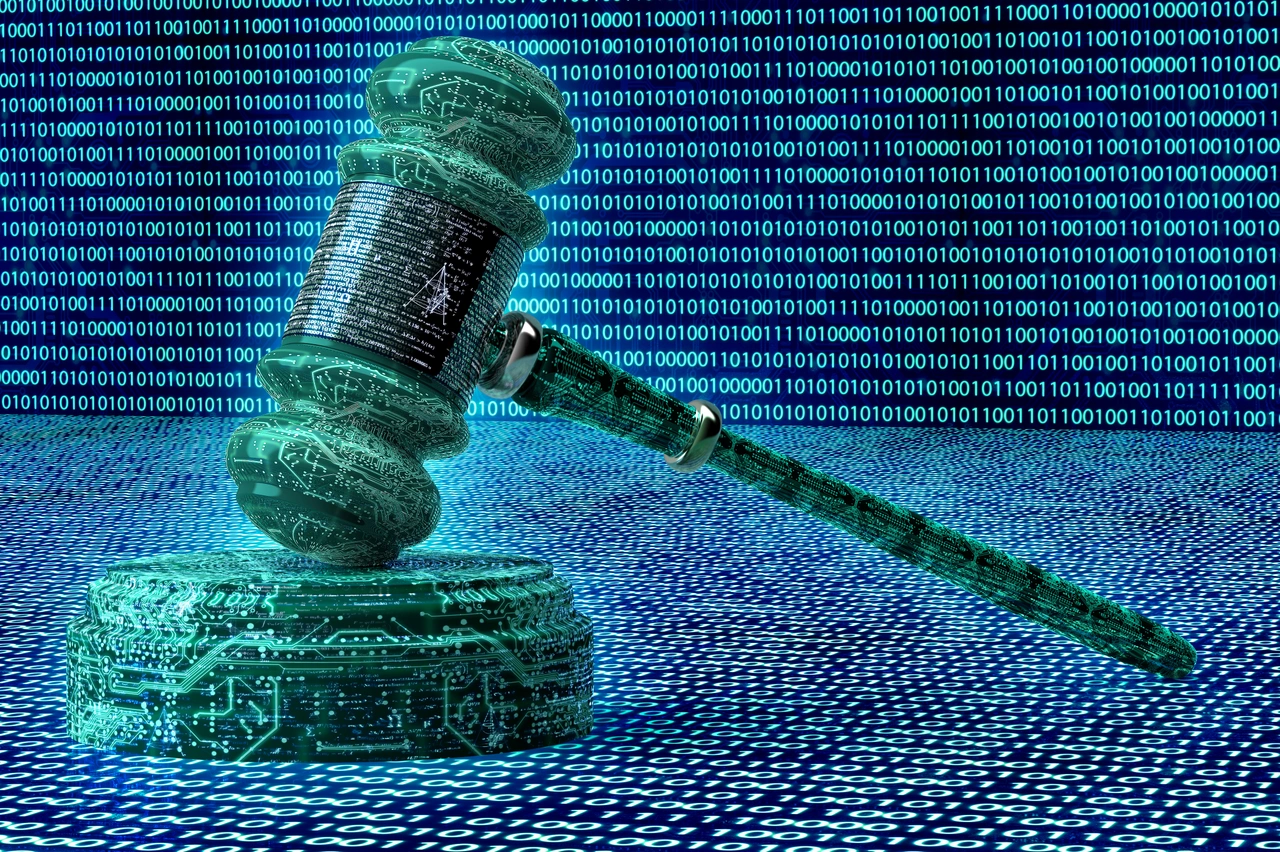In a world where almost every facet of life is connected through the internet—banking, communication, governance, commerce, and even personal identity—the digital age promises efficiency, speed, and global access. However, beneath this web of convenience lies a darker, more insidious reality: cybercrime. As individuals and institutions grow more dependent on digital infrastructure, they also become increasingly vulnerable to a rising tide of cyber threats.
This article explores the multifaceted nature of cybercrime, its implications, the evolving legal and regulatory frameworks in India, and the urgent need for digital vigilance.
What Is Cybercrime?
Cybercrime refers to any criminal activity that involves computers, networks, or digital devices. These crimes can range from hacking and data breaches to identity theft, online fraud, cyberstalking, and ransomware attacks. As technology evolves, so do the techniques and sophistication of cybercriminals.
Cybercrime can be broadly categorized into:
-
Crimes against individuals (e.g., phishing, identity theft, online harassment)
-
Crimes against property (e.g., hacking, data theft, credit card fraud)
-
Crimes against governments or institutions (e.g., cyberterrorism, espionage, infrastructure attacks)
The Indian Cybercrime Landscape
India, with its rapidly expanding digital economy, is both a fertile ground for digital innovation and a high-risk zone for cyber threats. According to NCRB data, cybercrime cases in India have seen a year-on-year increase, with frauds and sexual exploitation topping the charts.
Contributing factors include:
-
Low digital literacy among users
-
Massive smartphone penetration
-
Inadequate cybersecurity in small enterprises
-
Easy access to the dark web
-
Delayed adoption of cyber hygiene practices
Common Types of Cybercrime in India
-
Phishing and Online Fraud
Cybercriminals create fake websites, emails, or messages to trick users into giving up personal information, such as bank details or OTPs. -
Hacking and Data Breaches
Unauthorized access to systems leads to the theft of sensitive information from individuals, businesses, or governments. -
Cyberstalking and Online Harassment
Use of digital platforms to threaten, intimidate, or harass individuals, especially women and minors. -
Ransomware Attacks
Criminals encrypt a victim’s data and demand payment for its release—often targeting hospitals, government departments, and corporations. -
Financial Frauds
Unauthorized digital transactions, UPI frauds, ATM skimming, and crypto scams are on the rise.
Legal Framework Against Cybercrime in India
India has established a range of legal measures to tackle cybercrime. The core legislations include:
-
The Information Technology Act, 2000 (amended in 2008)
This is the primary legislation dealing with cyber offences. It covers hacking, data breaches, identity theft, and child pornography. -
The Indian Penal Code (IPC)
Sections of the IPC are often invoked alongside the IT Act to address offenses like cheating, defamation, criminal intimidation, and obscenity. -
CERT-In (Indian Computer Emergency Response Team)
A nodal agency under the Ministry of Electronics and Information Technology (MeitY), it coordinates responses to cybersecurity incidents. -
Cybercrime Police Cells and Portals
Dedicated cybercrime units in police departments and online portals (like cybercrime.gov.in) offer victims easy reporting access.
Challenges in Combating Cybercrime
Despite legal frameworks, law enforcement faces numerous challenges:
-
Lack of technical expertise among police personnel
-
Jurisdictional issues in cross-border cybercrimes
-
Low conviction rates due to poor evidence handling
-
Fast-changing tech landscape outpacing legislation
-
Privacy vs. surveillance concerns
Moreover, many victims of cybercrimes—especially financial fraud or online abuse—do not report incidents due to shame, fear, or lack of awareness.
The Role of Citizens and Organizations
Cybersecurity isn’t just a government responsibility. Individuals and businesses must adopt proactive strategies, including:
-
Using strong, unique passwords and enabling two-factor authentication
-
Regularly updating software and devices
-
Avoiding unknown links, downloads, or Wi-Fi networks
-
Training employees in cyber hygiene and phishing awareness
-
Implementing enterprise-grade firewalls, antivirus systems, and regular audits
The Future of Cybersecurity
India is taking steps toward bolstering digital safety:
-
Drafting of the Digital India Act to replace the IT Act with a more modern legal framework
-
Establishment of Cyber Forensics Labs and training centers
-
Expansion of the Cyber Swachhta Kendra (Botnet Cleaning Centre)
-
Promotion of ethical hacking and white-hat communities
At the global level, there’s an increasing call for international cooperation, shared intelligence, and digital diplomacy to address cyber threats that know no borders.
Conclusion
In the digital age, the threat landscape is as expansive as the opportunities it offers. As we connect more devices, automate more systems, and entrust our identities to the cloud, the stakes are higher than ever. Cybercrime is no longer a niche concern—it’s a national security and personal safety issue.

